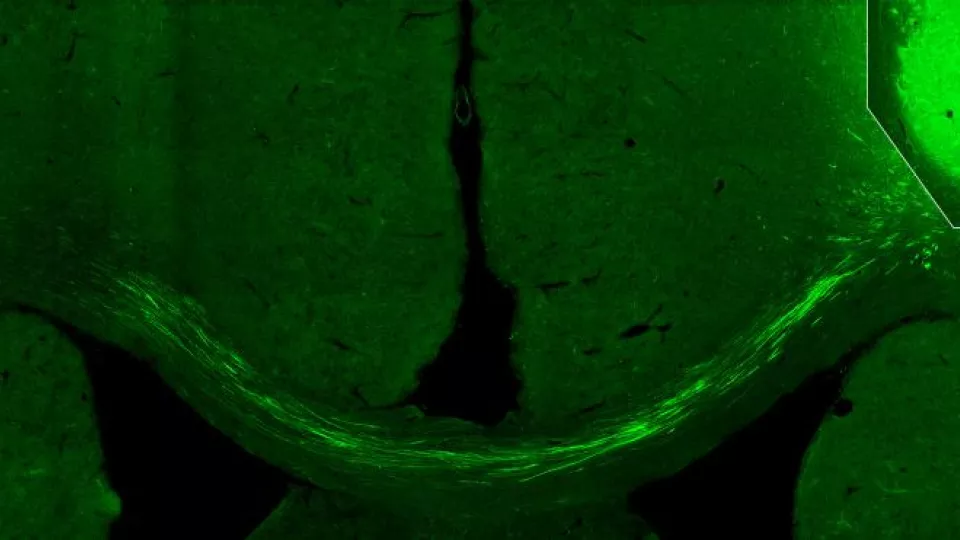“Six months after transplant, we could see how the new cells had repaired the damage that a stroke had caused in the brains of rats," explains Professor Zaal Kokaia, who together with senior professor Olle Lindvall and researcher Sara Palma-Tortosa in the department of neurology, is behind the study published in the scientific journal PNAS.
Several previous studies from the group based in Lund, as well as from other researchers in the field, have shown that it is possible to transplant neurons derived from human stem cells and reprogrammed cells to the brain of rats that have suffered stroke. However, it has not been previously described whether the transplanted cells can properly form connections in the stroke-affected rat brain and thus restore normal mobility and sensation.
- We have used tracking techniques, electron microscopy and other methods to monitor the transplanted cells and thus show that they connected correctly within the damaged nerve circuits. We have also been observed that the transplanted cells have grown into the other half of the brain, where no cells were transplanted, and made connections. This is the first time this has been observed, says Zaal Kokaia, who, despite the fact that he and his colleague Olle Lindvall have been researching the brain for several decades, are surprised by these results.
- It is special to be able to establish that it is actually possible to repair a stroke damaged brain and recreate lost nerve connections. The study raises hope that in the future it could be possible to replace dead nerve cells with new healthy nerve cells in patients with stroke, even if the road there is long, says Olle Lindvall.
The researchers have used human skin cells that have been reprogrammed into brain cells in the laboratory. These have then been transplanted into the cortex of the rats, in the part of the brain where the injury is most often found following a stroke.
- We want to know more about how the transplanted cells affect the opposite half of the brain. We also want to take a closer look at how a transplant affects intellectual functions such as memory. In addition, we will study any side effects. Safety is of course extremely important for cell transplantation to be used clinically in the future, concludes Zaal Kokaia.
The study was funded by the Swedish Research Council, the Brain Foundation, the Torsten Söderberg Foundation, the Swedish Institute, the Region of Skåne and the Sparbanks Foundation Färs & Frosta.


